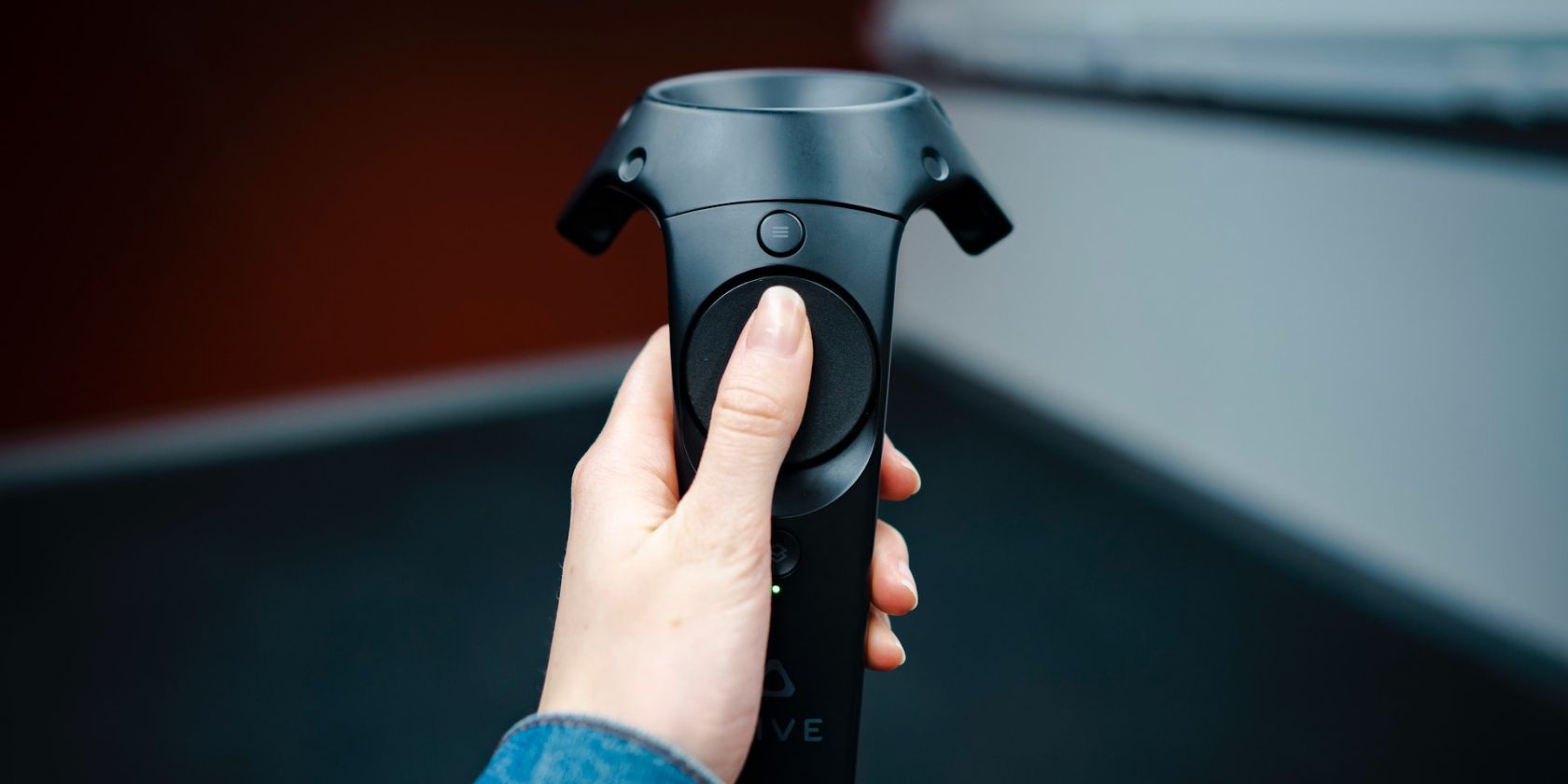Virtual reality (VR) is still a developing technology, but it’s already making a difference for a range of industries. Big brands like Facebook and Sony are paying attention and investing heavily in their own VR products.
Advances in augmented reality (AR) also show an obvious interest in reinventing the digital age. In fact, innovators are trying to use VR and AR in as many useful ways as possible, from gaming to education and medicine.
Facebook’s VR and AR Investments
The first big step for the social network was in 2014, when it acquired Oculus. Now, Facebook’s VR and AR task force is about 10,000 strong—a clear vote of confidence in both technologies.
Mark Zuckerberg’s statements and additional statistics about Facebook’s future also highlight a strong sense of competition. For example, the company created devices like Oculus Quest 2 and its predecessor to avoid boosting Apple’s and Google’s products.
Apart from major corporations agreeing on virtual reality’s potential, we see the drive and ingenuity necessary to build groundbreaking technology. The sales and praise of Facebook’s VR headsets are additional proof that developers are on the right path.
In terms of augmented reality, Facebook’s best successes mainly involve software like the Spark AR Studio for digital designers—beginners and professionals. However, the company is hard at work on smart glasses too, a handy step up from mobile screens.
Virtual Reality Market
According to a Mordor Intelligence report, 2020 saw the VR market value reach $17.25 billion. It’s expected to exceed $180 billion by 2026, when the technology should be well past infancy.
Developers and their competition play a big part in pushing the boundaries of virtual reality. Video games like Astro Bot Rescue Mission and Half-Life: Alyx rank highly, but promising VR applications go beyond simple entertainment.
VR for Fitness, Healthcare, and Remote Work
For example, gaming can help you stay fit and even more so with virtual reality. Hot Squat, Bitslap, and Audio Trip are popular titles for a full-body workout.
Then there are VR spaces like Facebook’s Horizon for online social activities, from cooking and dancing to racing and world-building.
On a more professional level, more and more people prefer to work from home, so software for conferencing or turning your living room into a virtual office is ideal and already being developed.
Healthcare also weighs in with more excellent uses for virtual reality, like counseling and drug design. A Journal of the Society of Laparoscopic & Robotic Surgeons study found that VR simulators can boost training on the da Vinci Surgical System—surgery using machines.
Augmented Reality Market
Some well-known examples of AR successfully merging with modern entertainment are Pokémon Go, Minecraft Earth, and Instagram’s camera filters. But, once again, many other industries have found ways to make use of the technology.
Augmented reality’s market value for 2020 actually slightly exceeded virtual reality’s, reaching $17.67 billion and showing no sign of slowing down, if a Grand View Research report is to be believed. AR outperforming VR could be because of their difference in useability.
While virtual reality is very impressive and gradually contributes to society in meaningful ways, augmented reality is already there. It is, after all, the simpler and cheaper technology.
Firstly, it uses or upgrades existing mobile technology instead of having to create whole new devices. This demands less time, money, and resources, which benefit developers, investors, marketers, and other professionals interested in AR.
AR for Marketing, Planning, and Education
The widespread application of the technology adds to its value. Filmmakers, fashion designers, car manufacturers, and interior designers promote their products by superimposing them over your reality.
Architects usually rely on masses of paper plans, but now they can create 3D models of constructions using AR. This helps visualize and build them with as few mistakes as possible.
Education is a lot easier and more fun. And we’re not just talking about schools giving students a more vivid representation of teaching materials.
Organizations promote their causes through AR apps like WWF’s Free Rivers, which can turn any surface into a virtual and interactive landscape full of wildlife.
Despite also being in its infancy, augmented reality as a helpful technology is turning heads. AR glasses and each innovative step to come boost its standing alongside VR, but also gives older technologies even more incentive to prove themselves.
Obstacles in the Future of Virtual Reality
There’s no doubt that VR and AR are shaping up to be the future of computing. They’re both already enhancing reality with fun and handy products. Given time, their inventions should be mind-blowing.
However, the competition will be fierce, especially within the gaming community. Loyal PC and console users won’t replace their favorite devices unless sure that a VR headset, for example, can provide the same, if not better, entertainment.
There’s also the financial factor to consider. Virtual and augmented reality won’t get very far if each new product costs a fortune for manufacturers and consumers. It gives people another reason to stick with their old and perfectly functional devices.
Finally, health risks are a major obstacle VR will need to overcome more than AR. At the moment, as per this Science Focus report, headsets can strain your eyes and neck, while also causing headaches, dizziness, and nausea.
Not only that, but just 20 minutes in a virtual world can affect your sense of depth in the real one. Taking long and regular breaks is, of course, a good solution. But how likely are gamers going to follow that advice?
Virtual Reality Has a Positive but Complex Future
Any technology that enhances reality is very welcome, whether it helps you visualize or achieve things better. With time, the industries embracing VR and AR innovation will surely multiply.
Unfortunately, there are several factors blocking complete success. No matter how bright their potential or how eagerly people try out products, you can’t guarantee the future of virtual reality if it doesn’t tackle its practical, financial, health-related, and other obstacles.
The more virtual reality reduces its problems, the more users will be happy to dedicate themselves to it. Until then, it’s probably just going to enhance standard technology and real-life experiences, serving as a luxury instead of a norm.
Enjoy the VR and AR Ride
These technologies are still growing and have too many factors at play to make a firm prediction. The future of virtual and augmented reality largely depends on developers’ decisions and the market’s response to each step.
For now, Facebook, Google, and fellow innovators are setting a noble example. There’s no reason you shouldn’t dive into the hopes and thrills of VR, whether in gaming, business, or everyday life.
About The Author

